On Tuesdays I join a group of volunteers who make learning toys through an organization called “Singakwenza.” We transform waste – plastic jugs and lids, bread bags, cereal boxes- into activities that support the developmental needs of preschoolers. The matching puzzles, jump ropes, lacing toys, and sequencing sets, along with training in how to use them, are provided to women who care for young children. “Singakwenza” means “We can do it!” and believe me, there is nothing these people cannot do!
I still remember the thoughts in my head while driving the first time to this Tuesday volunteer group. “Are toys made from trash really the best this society can do for poor kids!? Just like in my country, why is it that teachers are always the ones having to make more with less? Doesn’t using rubbish to create preschool activities sidestep the real issue – the enormous disparity in quality education that exists between rich and poor children?”
Those were my questions before I met Julie Hay (below right), Linda Hill (left), and the other amazing staff at Singakwenza.
Those questions are still important to me and critical for South Africa (and our own country) to face. But the fact is, every day there are young children here missing out on the early learning experiences proved to impact a child’s future. In addition to the “Yes, we can!” philosophy, Singakwenza is also about, “Children cannot wait.”
Julie founded this organization after a long career teaching early childhood education in affluent communities. She told me, “Why should people feel they need expensive toys for their children to have early learning experiences?” and, “If caregivers don’t understand what and how children are learning, then even the best toys have little value.” These sorts of observations are par for the course in conversations with Julie, and they are a window into the philosophy behind this organization.
I’ve heard Singakwenza staff refer to their work as a “hand-up not a hand-out” when talking about why they don’t just give out educational toys. They are deeply committed to mentoring caregivers who are learning the process of teaching in and managing their own creche (what we in the U.S. call a “preschool”). It is very common for individual women here to provide informal daycare for neighborhood children whose parents are working. This person is usually poorly paid and undervalued, despite the fact that she can play a pivotal role in the development of the young children in her care.
Singakwenza staff mentor creche leaders over a two-year period as they develop a structured educational program using recycled materials. Just think- with the templates, the know-how, good scissors and a marker pen, these women are prepared to support early childhood learning even after their participation in the mentoring program ends. I am captivated by stories of creche leaders who are uplifted by their new identity as professionals when they find they are growing their own sustainable business.
Tuesday morning “Meet-N-Make” gatherings are what I imagine an old-fashioned quilting bee felt like. Busy hands churn out the day’s “product” while easy conversation flows. “What are we making today?” is the standard greeting. Or you might hear the plea, “Please, tell me we’re not cutting out ‘threes’ again!” (referring to the 350 templates of the number three we had cut out for two weeks in a row). But usually it’s a delightful surprise to discover what we can make materialize from a bunch of trash:
animal matching cards from toy catalog cut-outs and paperboard, or:
pattern sequencing boards from cereal box tops, soda lids, and colored circles cut from old magazines, or:
skipping ropes, ball toss toys, or binding for homemade board books from recycled bread bags.
First we cut loops from the old bags, then connect these into long strands which are plaited together (what we call “braided”). I can vouch for how time consuming this project is but also how perfectly weighted and durable these ropes are!
The waste for all these creations is collected by schools and individuals. At my children’s school for example, students bring in clean yogurt containers, bread bags, and cereal boxes to place in collection bins. Once at Singakwenza, staff sort the materials in this room in preparation for upcoming projects.
We can always count on learning the how and why of the things we make – whether in conversation or at one of the displays.
Most of the Tuesday volunteers never see the faces of the creche leaders or children who use what we make; but we hear the stories, see the pictures, and believe in the people behind this organization. We grasp the potential for the Singakwenza model to improve early childhood learning needs throughout South Africa, indeed across this continent and our world.
It sounds easy-peasy: toys can be made from trash for free! But it does take money to run an organization such as this and I know any contributions toward their work would be welcome. Furthermore, if you have ideas or leads on ways to broaden Singakwenza’s funding base in order that they might respond to the constant requests to bring their program and training to new areas- please be in touch!
And if you’re intrigued by all this, I encourage you to view this video about Singakwenza.
Several months into our stay here, I commented to my husband Scott that what bothered me more than the crippling poverty experienced by so many was that I just hadn’t met people who seemed to care about changing it. I have since become acquainted with many people acting to improve things here including these humble volunteers who turn up week after week. I will miss each of you and our regular time together!
P.S. It has been said frequently at these gatherings, “Why hasn’t Julie done a TED talkyet?” Maybe nobody has bothered to nominate her! So I decided to change that and nominated you, Julie, for a talk and for the annual TED prize. Who knows, their website says “It only takes one nomination…” Whether in that forum or another, I dream the attention will grow because I can hardly think of better “ideas worth spreading” than those embodied in the work of this organization!


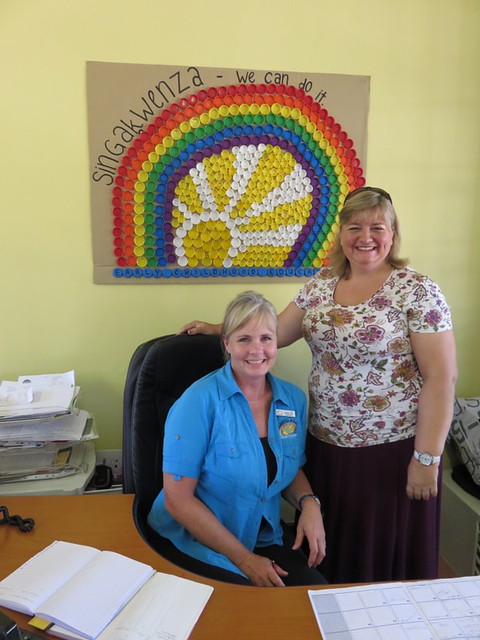
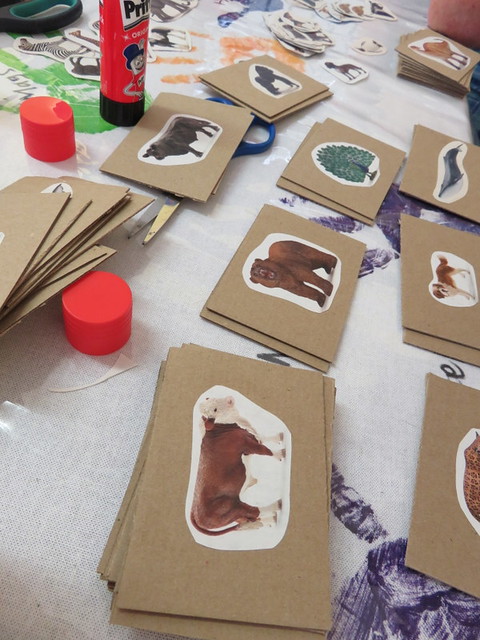

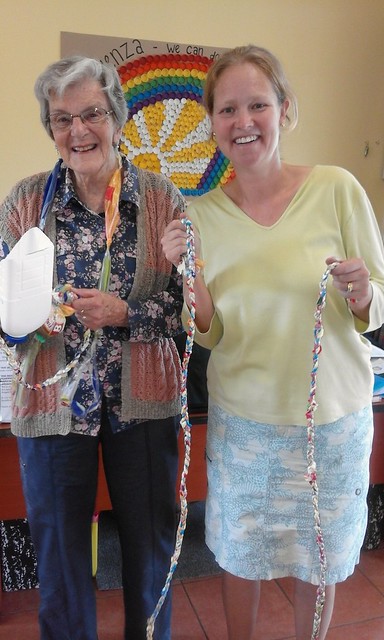
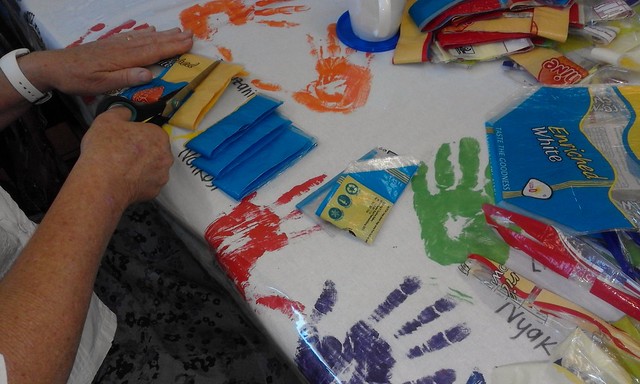

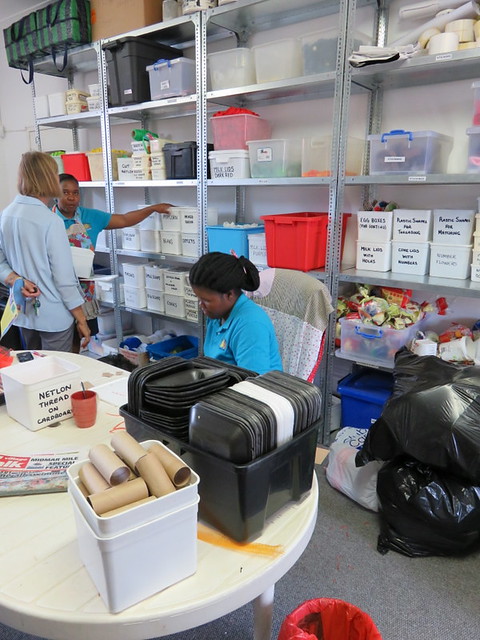
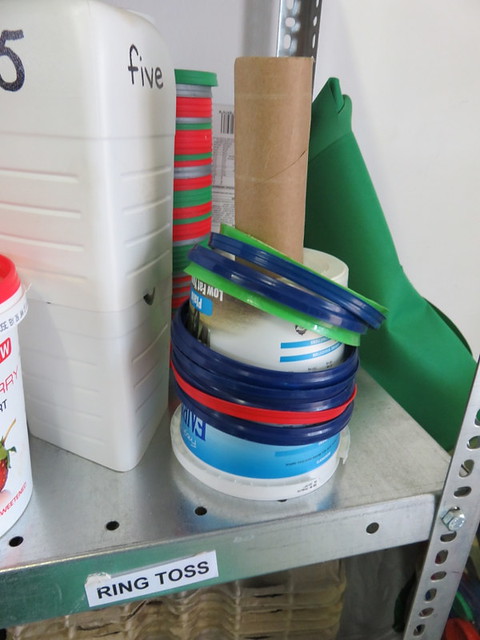
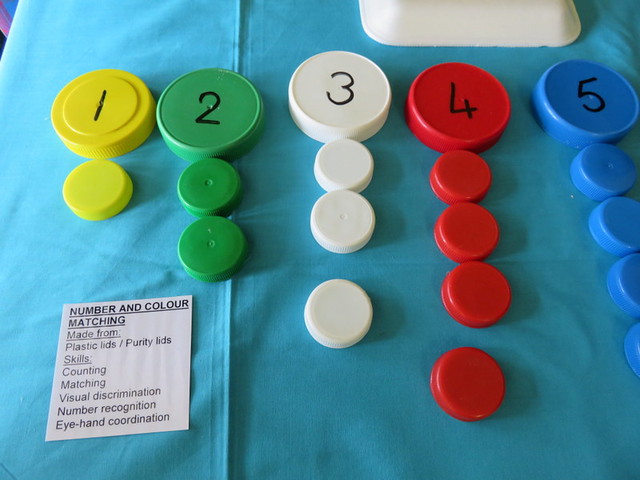
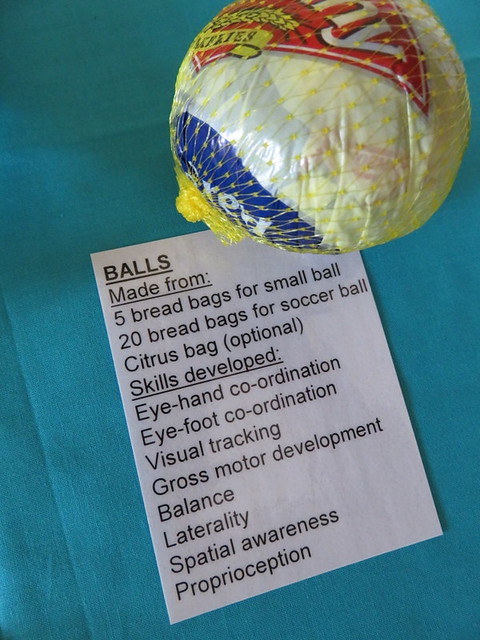

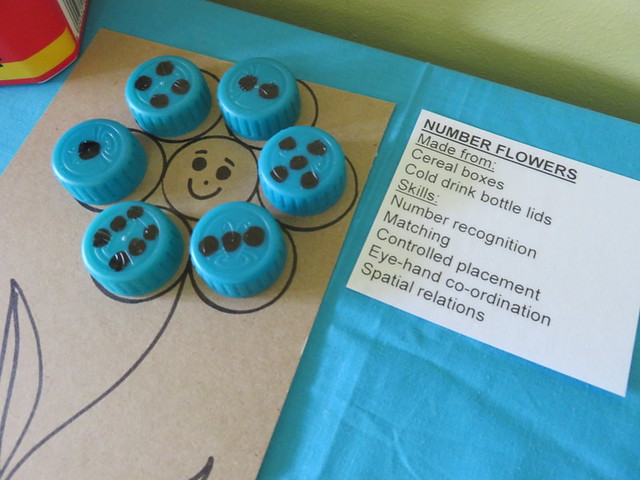
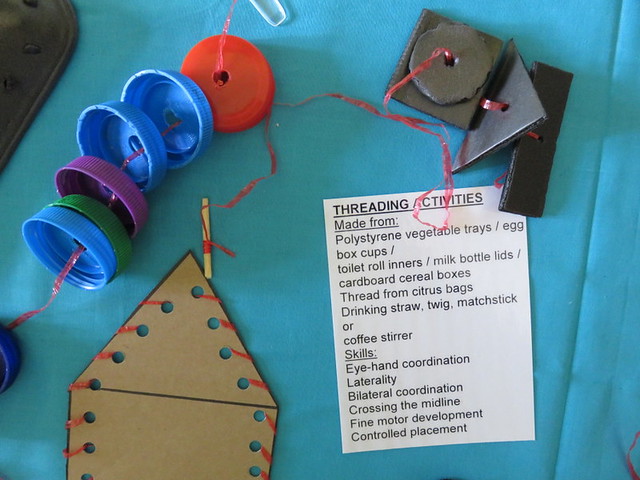
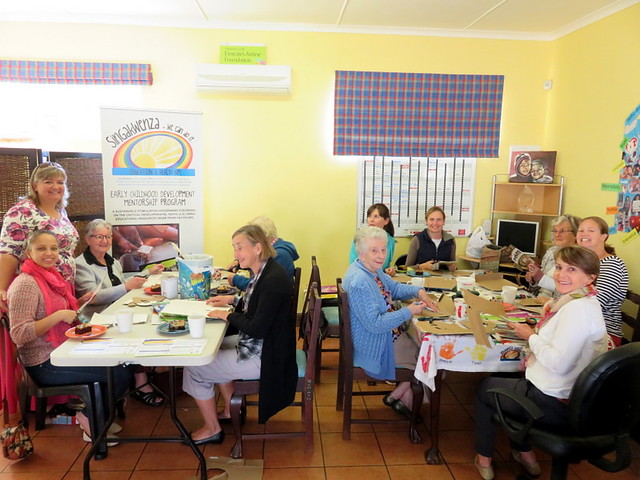
What a lovely article , so well written.
I like the idea of a TED talk, really spread the word that people do care, and people do help, and people CAN make a difference.
Thank you
How very, very impressive! I won’t look at a cereal box or bottle lid in the future without thinking of other purposes for them. I surely hope Julie gets asked to do a TED talk. This posting is very inspiring.
Come on Julie – you supply the staff and ideas – I can supply the venue ad all the recycled stuff!
Let’s set a date, Scilla! Please email us on info@singakwenza.co.za and we’ll be there as soon as we can!
Well done Amy, great article!
Such an awesome project going to get my Girl Guides involed making some of these ideas!
What a wonderful idea, Jolene! Please send us pictures of your Girl Guides making the toys. We’d love to share them! Our email address is info@singakwenza.co.za or you can share them directly on our facebook page: http://www.facebook.com/singakwenza.
Happy creating! 🙂
Guys am a social work student doing my community work in the disadvantaged communities about recycling … can I have your contact details so I have use some of your things to help me. Reading this article stimulated me
Hi Mmapiti
I’m so excited this post inspired you! You can get in touch with us at info@singakwenza.co.za or +27 33 343 1650. It would be amazing if we could come and run a workshop in the area you work in, so please contact us.
It’s hard to say